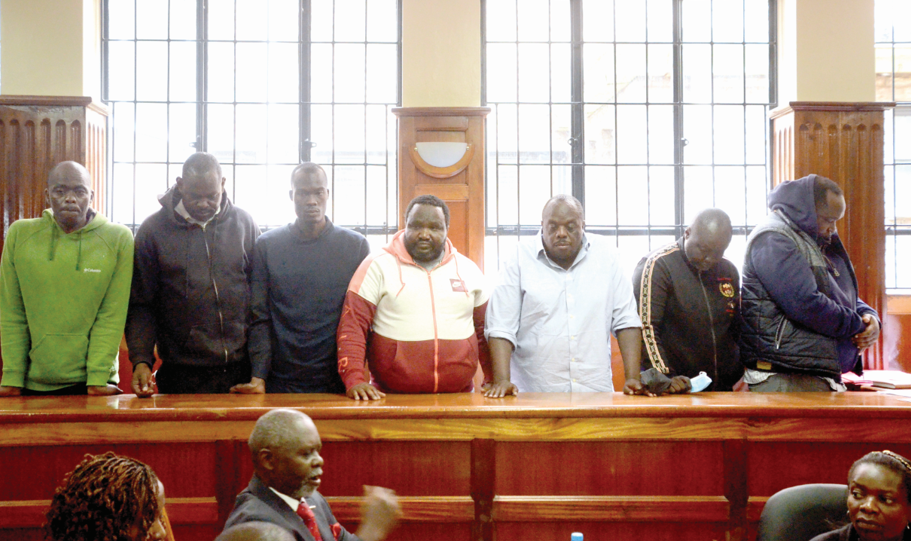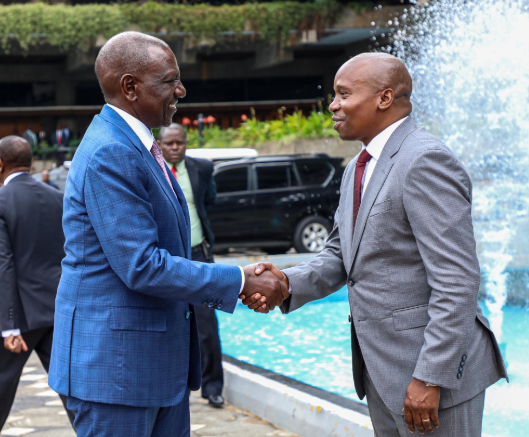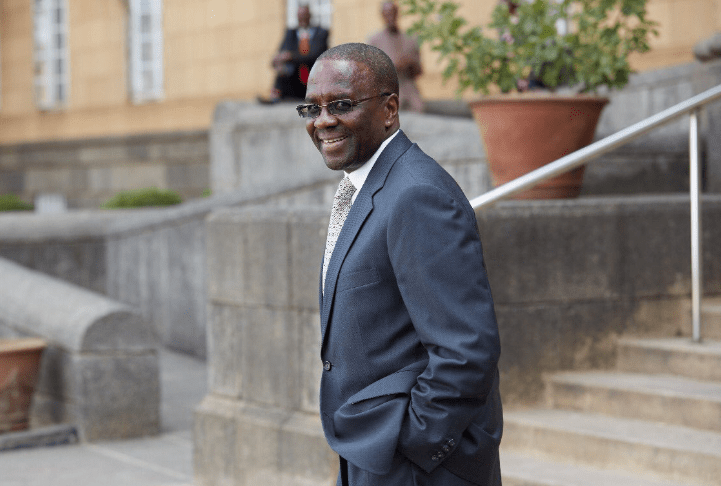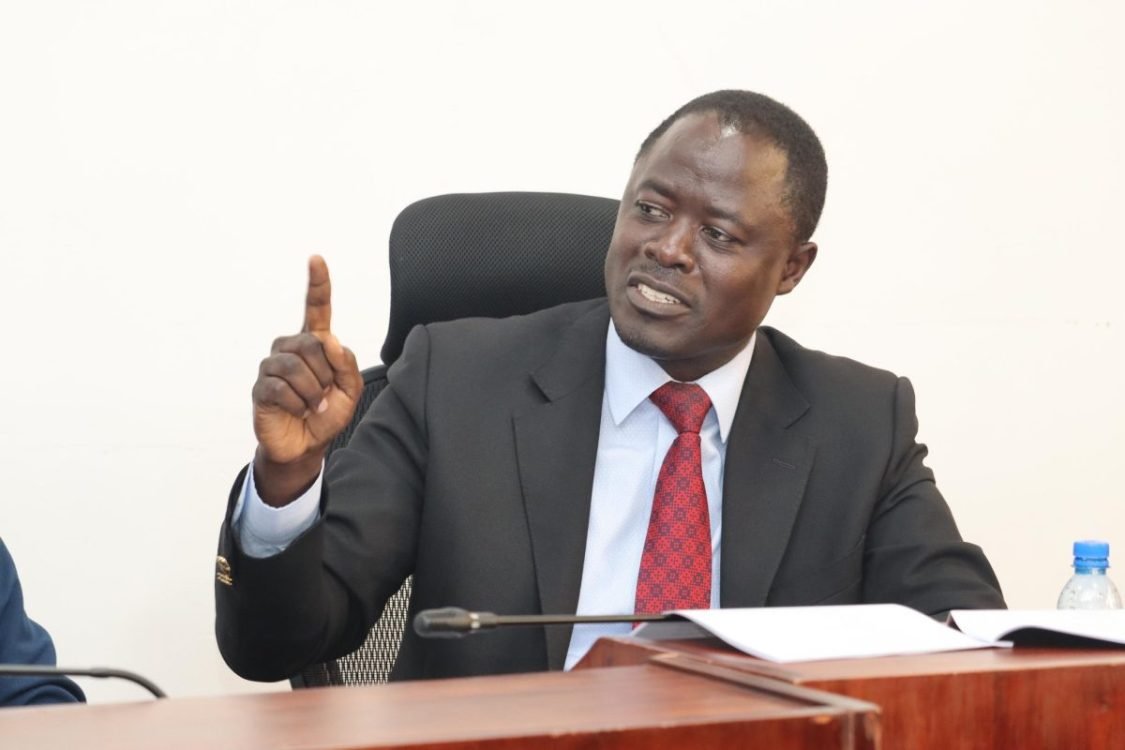Kenya main gold smuggling centre, new report shows

Kenya is now a notable regional hub for smuggling of illicit gold, reveals a new study.
Criminal and corrupt actors now use corruption and violence, as well as financial levers to profit from and control the trade, mainly because of its high-returns and, low-risk nature.
Now, there is a global push to have the crime curbed through criminal investigations that target the activities of key actors in trade, including senior government officials.
“This could include increased support for financial intelligence units and financial investigations,” says the Global Initiative Against Transnational Organised Crime (GI-TOC), an international organisation that investigates and documents global organised crime.
“By providing information and support, foreign governments and international law enforcement bodies can support efforts to identify and prosecute key individuals, companies and financial institutions linked to or involved in the illicit gold trade.”
In its report titled “Illicit Gold Markets in East and Southern Africa” released last Tuesday, GI-TOC says increase in illicit activities in gold-rich markets has undermined the potential for this precious commodity to be a catalyst for development in the region.
The research covered Kenya, Uganda, South Sudan, Zimbabwe and South Africa, and provides insights into national and regional market dynamics and trade flows.
Tens of thousands of people are thought to be engaged in small-scale (also known as artisanal) gold mining in Kenya, although the exact figures remain a matter of conjecture.
Estimates of people directly engaged in artisanal mining range from 100,000 to 250,000 people.
In Migori, and in parts of West Pokot and Turkana in western Kenya, this is the main income-generating activity. Yet gold miners earn peanuts from this valuable resource.
Artisanal gold mining
According to the report, the syndicates and cartels have wedged themselves between the artisanal miners and dealers.
Worse, they’re themselves now taking over the mining activity and in so doing, stealing livelihoods from the small-scale miners.
“There is evidence of senior politicians and foreign nationals being involved in the illegal mining, processing and trade of gold.”
A crackdown on illegal mining operations in Migori area following a fatal pit collapse revealed that mines and processing plants are owned by local senior government officials, as well as a former Kenyan ambassador, several Chinese investors and prominent businessmen in the area, GI-TOC reveals.
“In other instances, political actors will not obtain a licence, but take over mining operations using deception, political pressure and violence.
They may also not engage in mining themselves, rather using extortion to get money and minerals from mining operations (legal and illegal) in areas they control.”
Land access and mining rights are key ways in which political actors exploit the sector. Senior politicians will leverage their political and financial advantages to secure land.
According to the report, while gold flows in both directions across the Uganda-Kenya border, there is evidence of increasing amounts now leaving Kenya for Uganda.
Flows from Tanzania into Kenya have subsided, and now gold flows in both directions with increased movement from Kenya into Tanzania becoming apparent during the Covid-19 pandemic.
Buyers in eastern Uganda, who had been moving some gold into Kenya, were now shifting to Kampala while dealers in western Kenya sought buyers in Uganda.
In northern Kenya, there have been reports that Somali gold traders are stockpiling gold and moving it directly to Somalia.
Already, a key corridor for a wide range of illicit trade, the Kenya-Ethiopia border has increased in importance during the pandemic, and it is possible that gold could also be moving this way.
These shifts have forced law enforcement authorities to identify the new routes, according to GI-TOC.
Some smugglers use fake identification documents. From Kapoeta in South Sudan, according to a Somali trader, it is easy to cross from South Sudan into Kenya with a Kenyan national identification card and they only need to pay a bribe if they are caught.
Local dealers from Tanzania and Kenya now come to Uganda, where it is easier to evade taxes enabling traders to increase their profit margins.
As one buyer reflected, “taxes in Kenya and Tanzania are not so easily dodged”, the report reveals. From Nairobi, gold is moved to the UAE, China and India.
Eastleigh is Nairobi’s main gold hub. The market is largely illicit, with gold dealerships disguised as general merchandise outlets or private offices.
The illicit trade is facilitated by rampant corruption in the area, with law enforcement reported to be involved in protection and extortion rackets.
The area is also known to be a hub for other types of illicit activity, including human trafficking and the storage and trafficking of small arms.
Targeted sanctions
According to GI-TOC, River Road, a commercial street on the fringes of Nairobi, is a secondary gold trading hub. Gold trading also takes place in the Nairobi Central Business District and Karen neighbourhoods.
The trade in these areas is more formal, with many buyers holding gold trading licences. Buyers are often Indian or European nationals.
The construction industry is thought to be a common cover for mining activity, an allegation also made in other African countries where Chinese firms are formally involved in construction and infrastructure projects but are mining on the side.
GI-TOC suggests a raft of responses to deal with illicit gold business, among them “targeted sanctions against key actors engaged in buying and smuggling”.
Targeted sanctions, as opposed to more blunt country wide sanctions, are critical to minimising harm to vulnerable communities.
An independent and dependable electronic cadaster system is crucial to bringing clarity to the small-scale mining.
Without clear, up to date and functional cadasters to define property rights over mineral deposits, conflict and corruption become the tools for controlling extraction. Paper-based cadaster systems are vulnerable to criminal exploitation.









